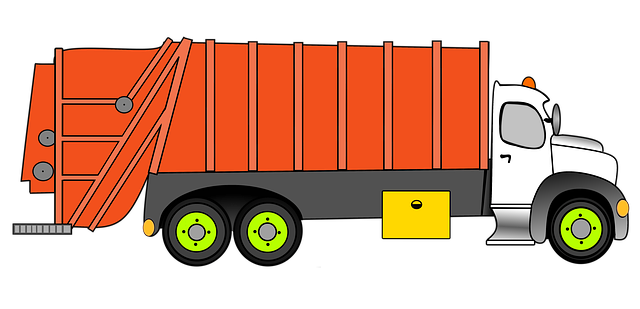Looking to register your car in California? This comprehensive guide walks you through the entire process, from understanding crucial requirements to receiving your vehicle registration documents. We cover essential steps like gathering necessary documents and performing a DMV VIN verification, ensuring a smooth experience. By following these straightforward instructions, you’ll be on your way to legal California car ownership in no time.
- Understand California Car Registration Requirements
- Gather Necessary Documents for DMV Visit
- Perform VIN Verification: Steps and Importance
- Complete Application Process at the DMV Office
- Receive Your Vehicle Registration Documents
Understand California Car Registration Requirements

Before registering your car in California, it’s crucial to understand the state’s specific requirements. The California Department of Motor Vehicles (DMV) mandates that all vehicles operating within the state be properly registered and have undergone a comprehensive vin inspection. This process verifies the vehicle’s history, including any previous accidents or outstanding issues, through the National Motor Vehicle Title Information System (NMVTIS).
A key component of this verification is ensuring that the Vehicle Identification Number (VIN) on your car matches the information in the DMV’s system. Additionally, you’ll need to provide proof of insurance and a completed registration application. If you’re looking for convenience, consider opting for a mobile vin inspection or using a mobile vin verifier—these services bring the necessary expertise directly to you, streamlining the registration process by saving you time and effort.
Gather Necessary Documents for DMV Visit

Before heading to the California Department of Motor Vehicles (DMV), make sure you have all the required documents for a smooth registration process. One crucial document is the Vehicle Identification Number (VIN) verification, which can be done through a mobile vin verifier or inspection service to ensure the vehicle’s authenticity and history. This step is essential for both buying and selling vehicles.
Gathering these documents in advance will save time at the DMV. Besides the VIN verification report, bring along your driver’s license, proof of insurance, vehicle title (if applicable), and any other paperwork related to ownership or previous registrations. It’s always a good idea to double-check the specific requirements on the DMV’s official website to avoid any complications during your visit.
Perform VIN Verification: Steps and Importance

Before you can register your car in California, it’s crucial to complete a DMV VIN verification process. This involves verifying the vehicle identification number (VIN) to ensure its authenticity and history. You can perform this mobile vin inspection or vin inspection at a DMV office by requesting a form from the California DMV website.
During the vin verification process, you’ll need to match the VIN on your vehicle’s registration documents with the one inscribed on critical components like the engine, transmission, and chassis. This step is essential because it helps prevent fraud, ensures safety, and protects consumers by confirming that the car’s history is accurate and free from any red flags.
Complete Application Process at the DMV Office

When registering your car in California, completing the application process at a DMV office is a crucial step. You’ll need to gather several documents and provide accurate information, including proof of insurance, registration fees, and identifying materials. The staff at the DMV will guide you through the process, ensuring all forms are correctly filled out. One key part of this process involves a dmv vin verification, where the Vehicle Identification Number (VIN) is checked to ensure its authenticity and match with the vehicle’s specifications.
Using a mobile vin verification service can simplify this step, as specialized tools allow for remote inspection. This alternative, offered by mobile vin inspectors or mobile vin verifiers, streamlines the process by eliminating the need to visit a DMV office. By utilizing these services, you can save time and effort while ensuring your car’s registration is completed accurately and efficiently.
Receive Your Vehicle Registration Documents

After completing your vehicle purchase, it’s crucial to receive your car’s registration documents from the dealer or seller. These will include essential details like the Vehicle Identification Number (VIN), which is a unique code that allows for accurate dmv vin verification. The process of obtaining these papers varies slightly depending on whether you bought a new or used car.
For a new vehicle, the dealership should provide you with all necessary registration materials upon purchase. If you’re buying a used car, ensure the seller provides a clear title and any available documentation, including the VIN inspection results if it was recently inspected. A mobile vin verification service can also be utilized for added convenience, allowing you to confirm your car’s history remotely using your smartphone.
Registering a car in California involves understanding specific requirements, gathering essential documents, and successfully completing the application process at the DMV office. After providing necessary information and passing a VIN verification check, you’ll receive your vehicle registration documents, ensuring legal compliance and peace of mind on California’s roads. Remember, proper documentation and accurate data are key to a smooth car registration experience.
